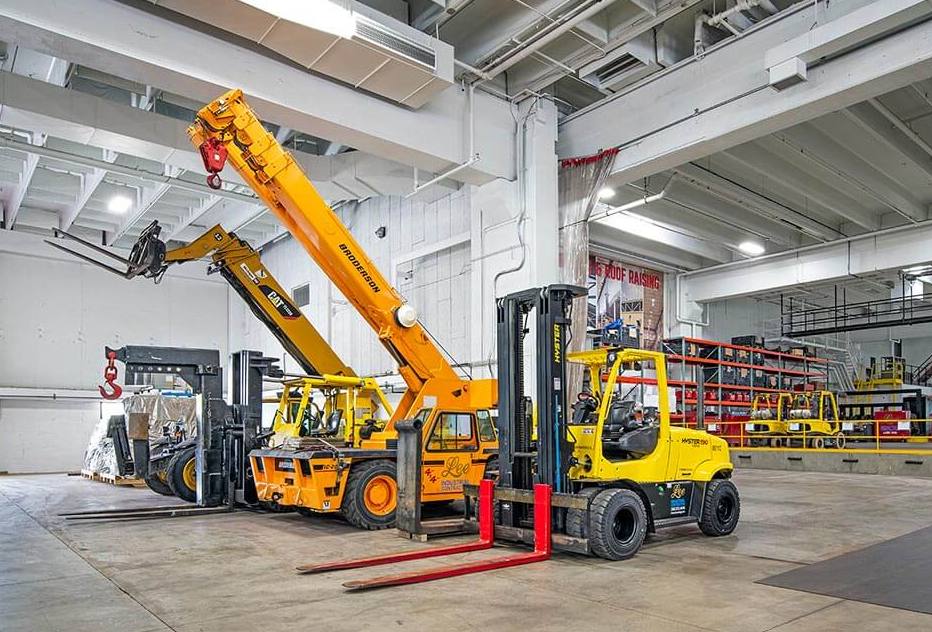Heavy rigging refers to the process of moving large, heavy machinery and equipment from one location to another. It’s crucial for industrial transitions because it helps ensure the safe and efficient transfer of these heavy objects.
Heavy rigging includes a range of services, such as dismantling, transportation, re-assembly, and installation. The process requires careful planning and execution to guarantee the goods are moved without damage or disruption to the surrounding area.
The heavy rigging industry has developed innovative techniques to safely and responsibly move even the largest and heaviest industrial machinery. With the help of heavy rigging experts, industrial transitions can be smooth and cost-effective while minimizing the risks associated with moving such heavy equipment.
What are the benefits of heavy rigging for industrial transitions?
Heavy rigging is an essential aspect of the industrial sector, as it enables moving heavy equipment and machinery from one location to another. This practice involves the use of specialized equipment and skilled personnel. One of the key advantages of heavy rigging is that it ensures a smooth transition during industrial moves, minimizing the downtime required for factory relocation.
Heavy rigging services are also cost-effective, as they allow large equipment to be transported with ease while avoiding potential damage. Additionally, when carried out by qualified professionals, heavy rigging ensures that the delivery and setup of machinery take place in a timely and safe manner.
Overall, the benefits of heavy rigging are numerous and have a significant impact on the efficiency and productivity of industrial operations.
Preparing Your Industrial Site for Heavy Rigging
When it comes to moving large pieces of machinery or equipment, having a fully prepared industrial site is crucial to ensuring a successful and safe rigging process. It’s important to make sure your site is free of debris or obstacles that could impede the movement of equipment.
Additionally, you should have a solid understanding of the weight and dimensions of the equipment being moved, along with any special requirements or safety precautions needed during transport.
Understanding the Different Types of Heavy Rigging Equipment
Heavy rigging equipment is an essential part of any construction project, but not all equipment is created equal. There are several types of heavy rigging equipment that serve different purposes, and it’s important to understand the differences to maximize efficiency and safety.
Cranes, for example, are used for lifting and moving heavy objects, whereas material handling equipment like forklifts is designed for transporting materials from one place to another. Then there is specialized rigging equipment like gantries and jacks, which are used for lifting and positioning heavy loads in tight spaces or on uneven surfaces.
Common Challenges and Solutions to Heavy Rigging
When it comes to heavy rigging, there are several challenges that professionals in this field face. One of the biggest challenges is the sheer weight of the equipment, machinery, or structures that need to be moved or lifted. Often weighing hundreds of thousands of pounds, moving these items requires meticulous planning, specialized equipment, and a team with years of experience.
In addition, there are also environmental factors that can make the rigging process even more challenging, such as limited workspace or difficult terrain. However, despite these challenges, there are several solutions available to help overcome them.



